The danger of potato cancer is the complete defeat of potato tubers, because of which their growth slows down and they become unsuitable for consumption and use as planting material. Gardening disease is common on almost all continents where this plant crop is grown. Timely diagnosis and the correct technique for caring for tubers will save the crop.
Content
What are and possible dangers
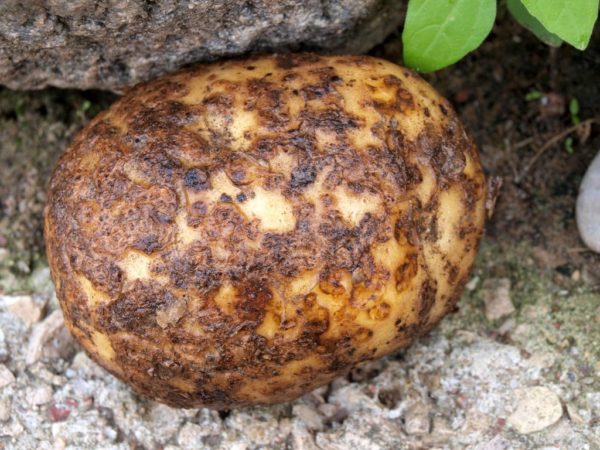
Potato cancer is one of the most dangerous diseases known in agronomy. This is due to the fact that there is a quick infection of the entire crop, first potatoes, then other plant crops - beets, peppers, tomatoes and eggplants. It is caused by the pathogen by a fungus that settles on the stems or leaves, gradually destroying the plant.
For a person, the disease is not dangerous, even after eating potatoes. Despite the fact that in many sources, representatives of the health authorities do not recommend the use of non-marketable tubers, there is no exact prohibition for this. Meanwhile, developed countries are fighting vegetables infected with cancer. It is eliminated and forbidden to distribute.
Signs of the disease
You can recognize a dangerous defeat of the tubers by the following signs:
- the appearance on the crop of growths, having an unpleasant appearance;
- the formation of wrinkles with small indentations.
The main symptom is growths. At the first stages of the fungal lesion, they have a light yellow tint, gradually turn brown, then black. The foci of the disease are stems, leaves and the crop itself. Having reached the final stage of the disease, growths disappear.
Causes

A common cause of damage by the pathogen is the yield in adverse conditions - with humidity more than 55% and air temperature exceeding 22 degrees. There are several other reasons associated with impaired crop care:
- growing tubers in a shaded place;
- missing, insufficient or incorrect soil fertilizer;
- use for sowing seeds of poor quality, resistant to cancer.
Infection occurs instantly. The causative agent affects the plant from top to bottom - first the green mass, last but not least the root system and the fetus. The disease spreads rapidly to neighboring crops, gradually flooding the entire garden.
Pathways and sources of the pathogen
An oncological disease is formed from the action of a pathogenic fungus that penetrates a healthy bush from contaminated soil, thawed water, boots or clothes of an agronomist, tools, or passes from diseased tubers.
Often, potato cancer is formed due to its landing on the same place for several years in a row. Update the soil from time to time or choose a new place to plant your crop. Moreover, in dry periods, it progresses less, since for this he needs increased moisture.
Varieties of Potato Cancer
If you study the photo and description of cancer, you can distinguish several of its classifications depending on the type and focus of lesions:
- neoplasms on a loose structure - the main form;
- the appearance of growths on leaves having the shape of a flattened cone;
- the appearance of wrinkled influxes with small grooves inside, a distinctive feature - wavy edges;
- a scab form of the disease, a typical symptom is a neoplasm in the form of plaques.
Each type of disease has an identical danger - the cessation of growth or the death of a crop. Moreover, for humans or animals they are all harmless. The treatment method for them is no different.
Disease Control Methods
Begin treatment immediately after the first signs of the disease appear - the presence of growths on the plant culture. This will help prevent the progression of oncology and save the crop. Effective 2 measures to combat potato cancer, based on land work or the use of chemicals.
Agrotechnical methods
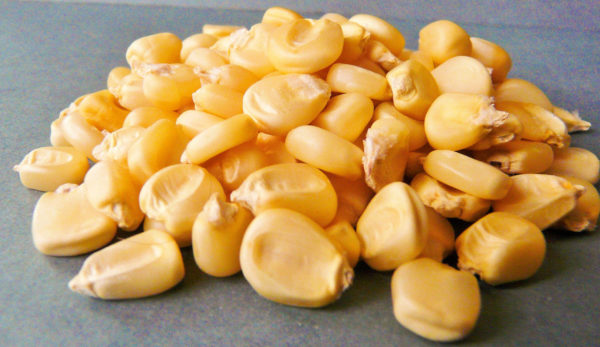
The method of stopping the progression of the pathogen is carried out in the fall. Then, after hibernation, before planting the crop in open ground, a small part of the pathogenic fungus will remain active. To protect the plant, do:
- In the place where the potatoes sprouted, deepen the seeds of corn, rye or beans. They contribute to the destruction of spores.
- In the spring, neutralize the soil by fertilizing it with urea in the form of granules.
The agrotechnical method allows you to eliminate the pathogen and make it inactive before planting the seed in open ground. In the next 1-2 seasons, the tubers will be protected from the effects of the pest.
Chemical methods
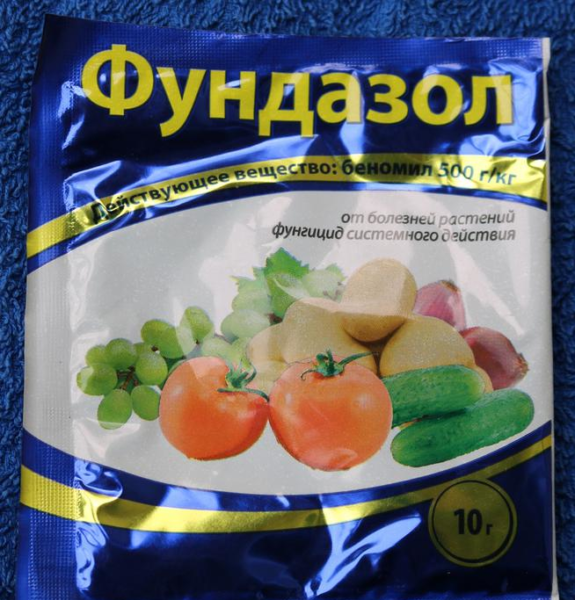
An effective measure to eliminate pathogenic fungus from planting tubers and to prevent its damage from the soil is treatment with the drug. To do this:
- Pour the ready-made solution of Benomil or Fundazole into a deep container.
- Put tubers in it. Leave to be processed for 30 minutes.
You can eliminate the disease with the help of soil treatment "Nitrofen." It is necessary to call an agronomist who is better able to cope with this task, since the procedure is dangerous for humans, working with potent poisons can lead to poisoning or burns of the respiratory tract. After cultivating the land, do not plant crops for 3 years.
Prevention
The following measures are related to the prevention that prevents the development of potato cancer:- Regular inspection of the crop. Removal or transplantation in a remote place of a seedling immediately after the detection of neoplasms.
- Planting in open ground only those seedlings that are resistant to the appearance of growths. These include such varieties as "Early Yellow", "Dawn", "Spark", "Spark", "Candidate" and "Smaki".
- Creating a favorable climate for growing potatoes and its timely feeding.
If you suspect a defeat of tubers by a pathogenic fungus, then call an agronomist specialist in the garden. He will confirm or refute the fact of the disease, establish its appearance and select the most effective method of treatment.
Reviews
Raisa
Since childhood, I have been growing potatoes, first with my parents, then alone and never had a problem with this. But, 2 years ago, I dug up tubers and found that in one section tubers began to come across an unpleasant appearance with growths. I gave it for examination - it turned out to be cancer. I immediately threw out all the infected tubers; I did not dare to use them for cooking. Due to inexperience, I planted a crop in the same place and last year, as a result, most of it was also affected. When identifying a disease, I recommend changing the planting location and sowing rye in the old ridge to combat the pathogen.
Agatha
Last year, she noticed that most of the potato bushes were affected.Having studied the encyclopedia of agronomy, having studied the photos of each species, I realized that this is cancer. Naturally, the tubers were also affected and unfit for consumption. I recommend carefully selecting planting material before deepening it and observing the care of the plant crop, then there will be no problems with the crop.
Potato cancer is a common disease in all regions, contributing to a decrease in quantity, a decrease in quality, or the complete elimination of the crop. With proper landing, proper care and compliance with preventive measures, its appearance can be avoided. If, nevertheless, the pathogen struck a plant crop, then take agrotechnical or chemical methods of dealing with them.

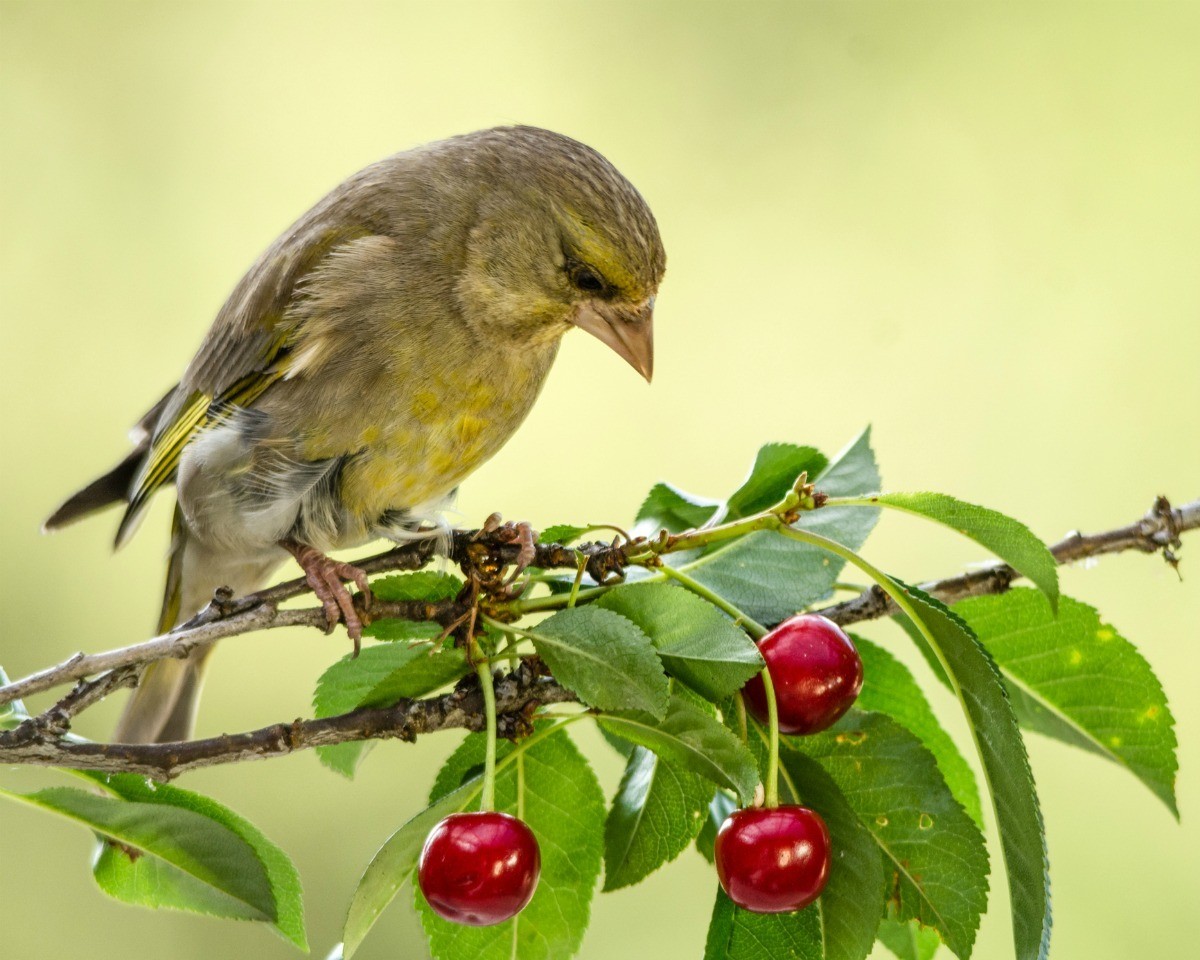
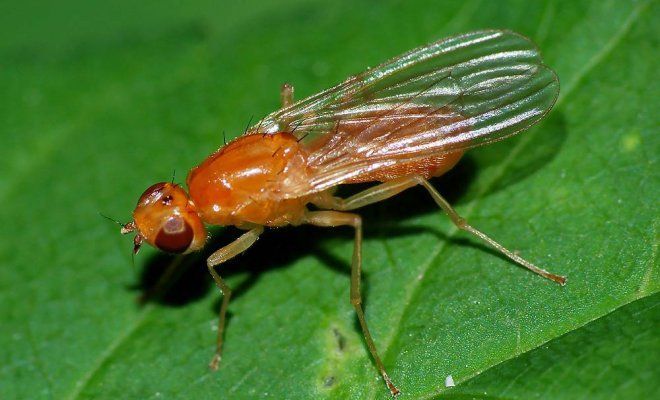
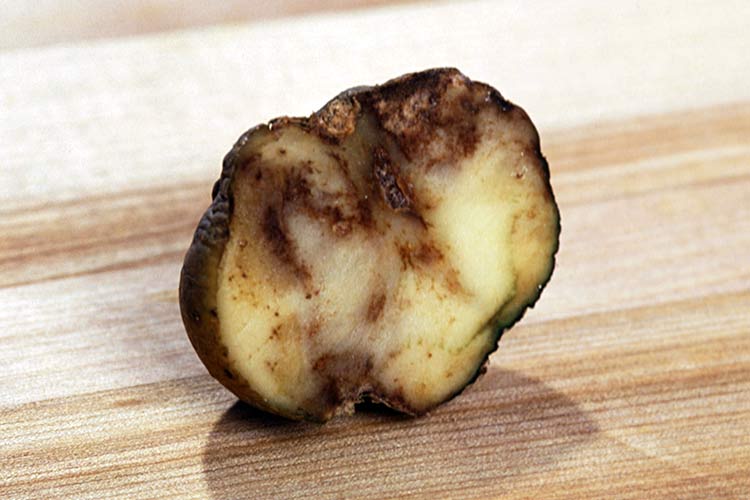
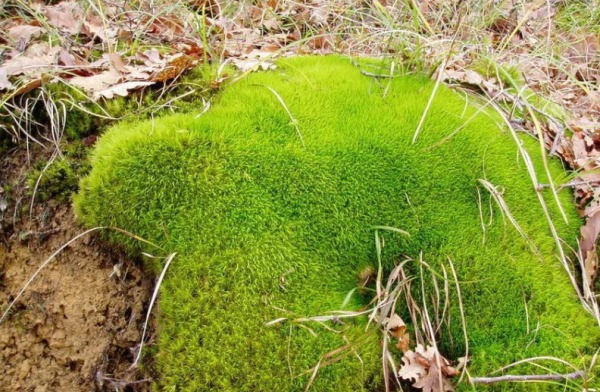 Where does moss come from in the garden and is it necessary to get rid of it?
Where does moss come from in the garden and is it necessary to get rid of it?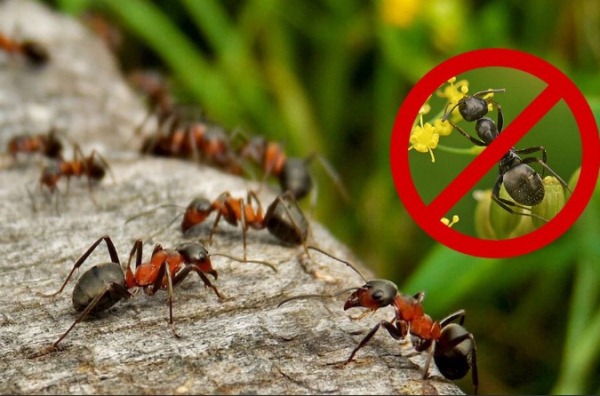 The most effective ways to deal with ants in the area
The most effective ways to deal with ants in the area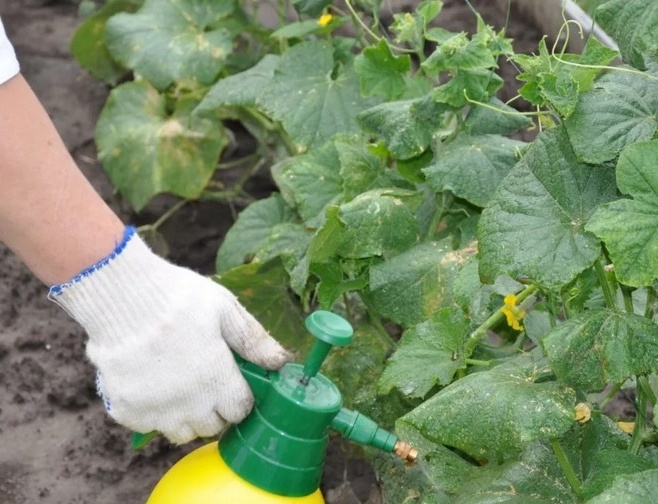 Cockchafer and Bear: An Easy Way to Save Plant Roots
Cockchafer and Bear: An Easy Way to Save Plant Roots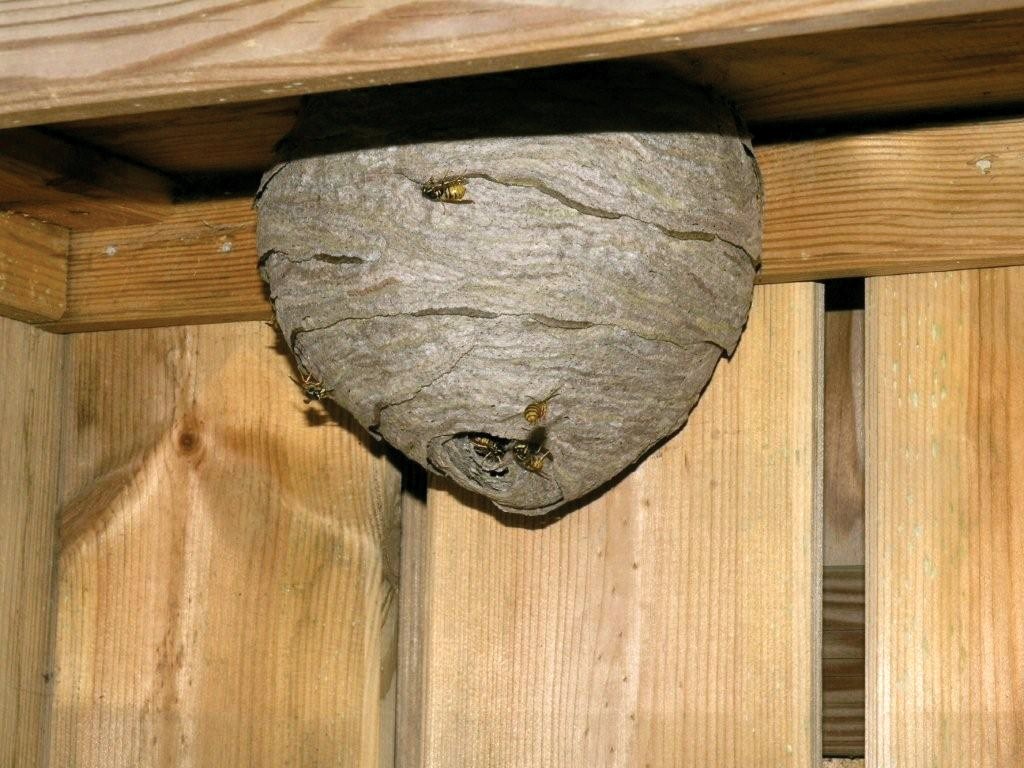 Get rid of the aspen nest quickly and safely.
Get rid of the aspen nest quickly and safely.